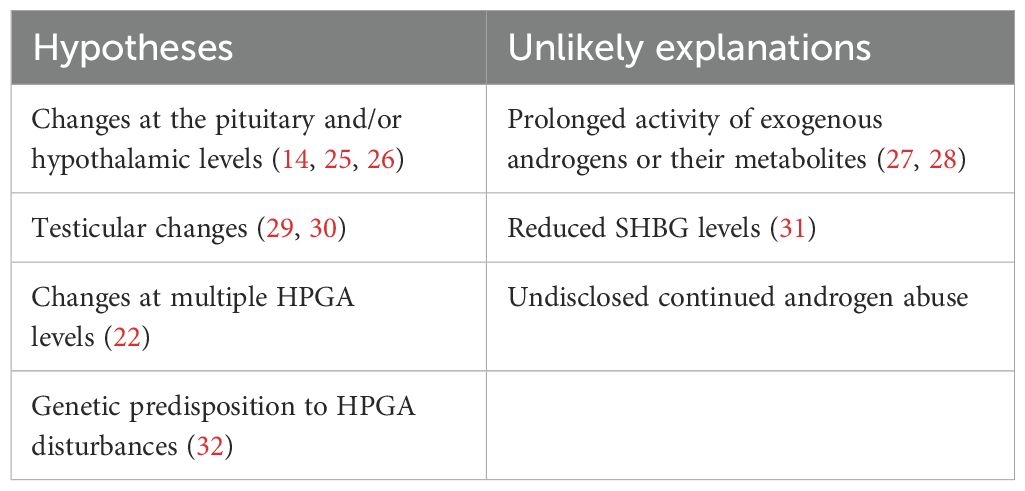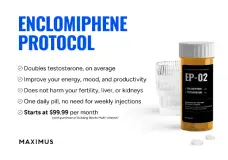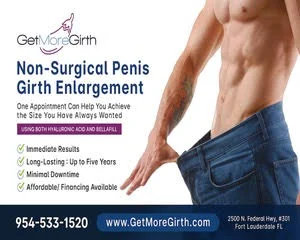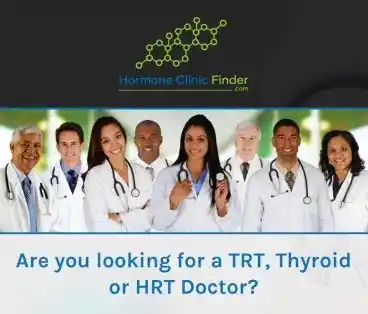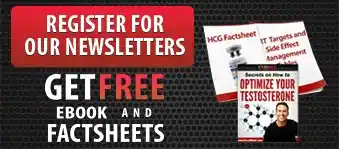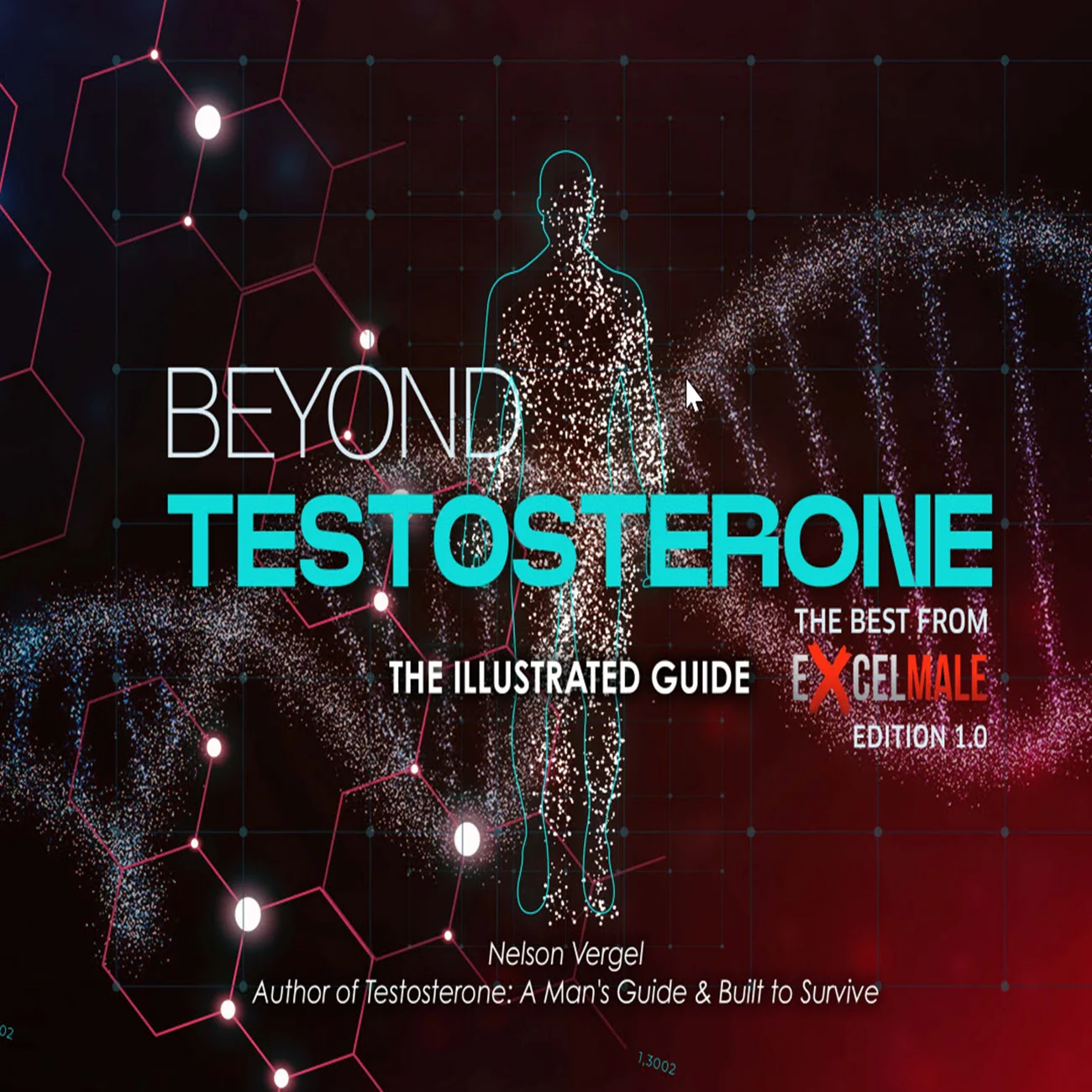Regarding training, overtraining and short-term extreme goals are very stressful in themselves and can cause a lot of problems because the body is in a constant state of stress. I also think 18 months of consistency toward any goal is a good timeframe and mindset to have. I say 18 months because you have to pursue something long enough to work through setbacks and things like vacations/holidays. None of what you're planning will work if you are overtraining or under-eating. Something as simple as walking can be a big benefit if done consistently. I'm a huge believer in only doing things that are maintainable long-term so that you develop a mentality of consistency.
Regarding why I came off, I had a life situation at the time where I could do it and I just wanted the peace of mind knowing that I could come off if I had to. I also like to experiment, but I wouldn't recommend that for most people.
Regarding Clomid and PCT in general, I did Clomid mono-therapy before I ever got on TRT, and the highest dose I could use without an "off" feeling was either 12mg every other day or 25mg twice per week, which put my LH and T in a decent place. I am not a fan of the huge doses used by many since Clomid can have negative emotional side effects for some people and take a long time to clear out of the body. Also, you have been putting your body through extreme hormonal gyrations, so, for your current goals, the closer you can stay to a single maintainable steady state the better. If you did the doses above and then did bloods including LH after 3 months or so, that seems like it would be a reasonable plan.
Enclomiphene was not available when I was using Clomid so you might have better results with it if you can get it. Ideally you can come off of the Clomid completely but some people need it long-term. Some years I also did HCG mono-therapy for my "off" time but that would suppress you natural LH production.
Something I did not do them but would do now is to supplement with one of the Bull Testicle extract products. I have used the Grazin brand and the product from Heart and Soil. I used to think they would be broken down into their amino acids and do nothing, but there is theory that (apparently like collagen) they have some sort of signaling affect, and they seem to very anecdotally have a benefit for me even on TRT.
As an aside, the time on equals time off guideline is not really valid IMO and is one of the problems with the cycling mentality because you are not in a hormonal steady-state for much of the time "off". Most gym bros should not IMO be cycling but, if they are truly near their genetic maximum (which few are due to lack of sufficient training volume and overall conditioning) should only add in either a GH secretagouge and/or a microdose of a minimally suppressive compound like oxandrolone.
In your case, if you are not back to a good place in a few months, there are non-hormonal options to try once you have your natural production re-established, and depending on what your issues are at that time.





